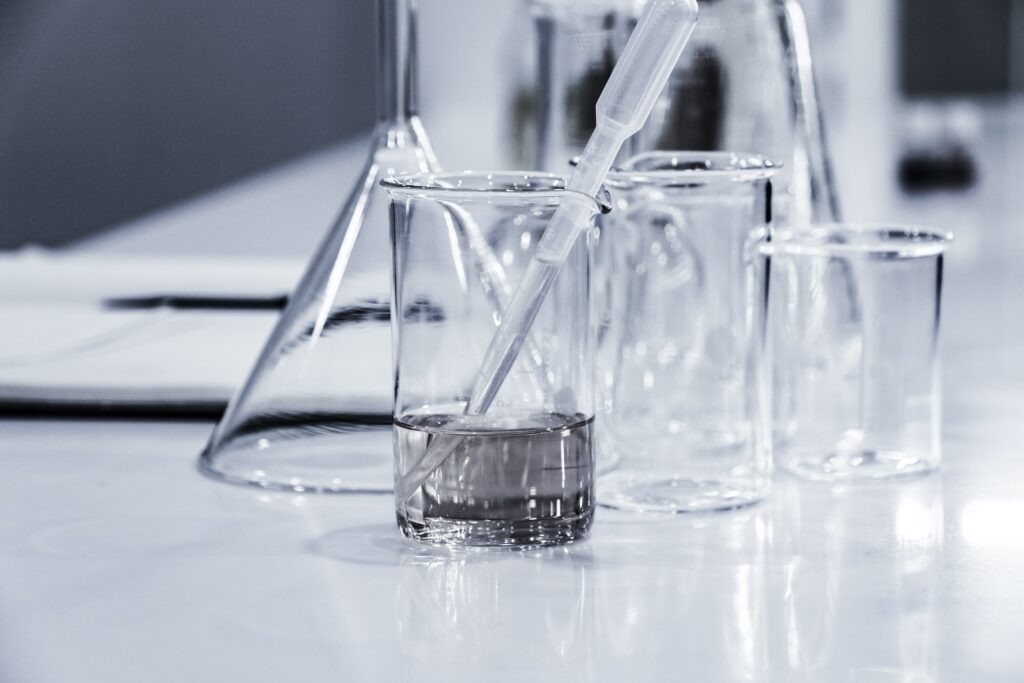New research led by a team at Virginia Tech College of Science solves a key, fundamental barrier in the electrochemical water splitting process where they have demonstrated a new technique to reassemble, revivify, and reuse a catalyst that allows for energy-efficient water splitting.
This study was done at the lab of Feng Lin, an assistant professor of chemistry at the Virginia Tech College of Science, and got recently published in the journal Nature Catalysis. Chunguang Kuai, a former graduate student of Lin’s, is the first author of the study with Lin and co-authors chemistry graduate students Zhengrui Xu, Anyang Hu, and Zhijie Yang.
The Problem
We all know that the planet is suffering due to the extensive usage of fossil fuel and scientists around the world are putting efforts to find a viable alternative.
One of the alternative candidates is hydrogen fuel wherein hydrogen gas powers society’s electrical needs. To mass-produce hydrogen gas, some scientists are studying the process of splitting water, which would result in hydrogen fuel and breathable oxygen gas.
Water may seem basic as a molecule made up of just three atoms, but the process of splitting it is quite difficult. Even moving one electron from a stable atom can be energy-intensive, but this reaction requires the transfer of four to oxidize oxygen to produce oxygen gas. It is a challenge to make this process efficient. The current study tries to solve this problem.
“In an electrochemical cell, the four-electron transfer process will make the reaction quite sluggish, and we need to have a higher electrochemical level to make it happen,” Lin said. “With higher energy needed to split water, the long-term efficiency and catalyst stability become key challenges.”
Lin Lab introduced a common catalyst called mixed nickel-iron hydroxide (MNF) to decrease the threshold energy required for this process. Though water splitting reactions with MNF work well, due to the high reactivity of MNF, it has a short lifespan and the catalytic performance decreases quickly.
To address the short lifespan issues, the team discovered a new technique that would allow for periodic reassembling to MNF’s original state, thus allowing the process of splitting water to continue. (The team used freshwater in their experiments, but Lin suggests salt water which is the most abundant form of water on Earth, could work as well.)
“Scientists have realized for a long time that the addition of iron into the nickel hydroxide lattice is the key for the reactivity enhancement of water splitting,” Kuai said. “But under the catalytic conditions, the structure of the pre-designed MNF is highly dynamic due to the highly corrosive environment of the electrolytic solution.”
During Lin’s experiments, MNF degrades from a solid form into metal ions in the electrolytic solution and it is a key limitation to this process. But Lin’s team observed that when the electrochemical cell flips from the high, electrocatalytic potential to a low, reducing potential, just for a period of two minutes, the dissolved metal ions reassemble into the ideal MNF catalyst. This occurs due to a reversal of the pH gradient within the interface between the catalyst and the electrolytic solution.
“During the low potential for two minutes, we demonstrated we not only get nickel and iron ions deposited back into the electrode but mixing them very well together and creating highly active catalytic sites,” Lin said. “This is truly exciting because we rebuild the catalytic materials at the atomic length scale within a few nano-meter electrochemical interface.”
Another important reason due to which MNF reassembled is that the team used a novel MNF which they synthesized as thin sheets. These are easier to reassemble than bulk material.
To confirm their findings, the team conducted synchrotron X-ray measurements at the Advanced Photon Source of Argonne National Laboratory and at Stanford Synchrotron Radiation Lightsource of SLAC National Accelerator Laboratory.
“Beyond imaging, numerous X-ray spectroscopic measurements have allowed us to study how individual metal ions come together and form clusters with different chemical compositions,” Lin said. “This has really opened the door for probing electrochemical reactions in real chemical reaction environments.”
Journal Reference:
Chunguang Kuai, Zhengrui Xu, Cong Xi, Anyang Hu, Zhijie Yang, Yan Zhang, Cheng-Jun Sun, Luxi Li, Dimosthenis Sokaras, Cunku Dong, Shi-Zhang Qiao, Xi-Wen Du, Feng Lin. Phase segregation reversibility in mixed-metal hydroxide water oxidation catalysts. Nature Catalysis, 2020; DOI: 10.1038/s41929-020-0496-z
Press Release: Virginia Tech

